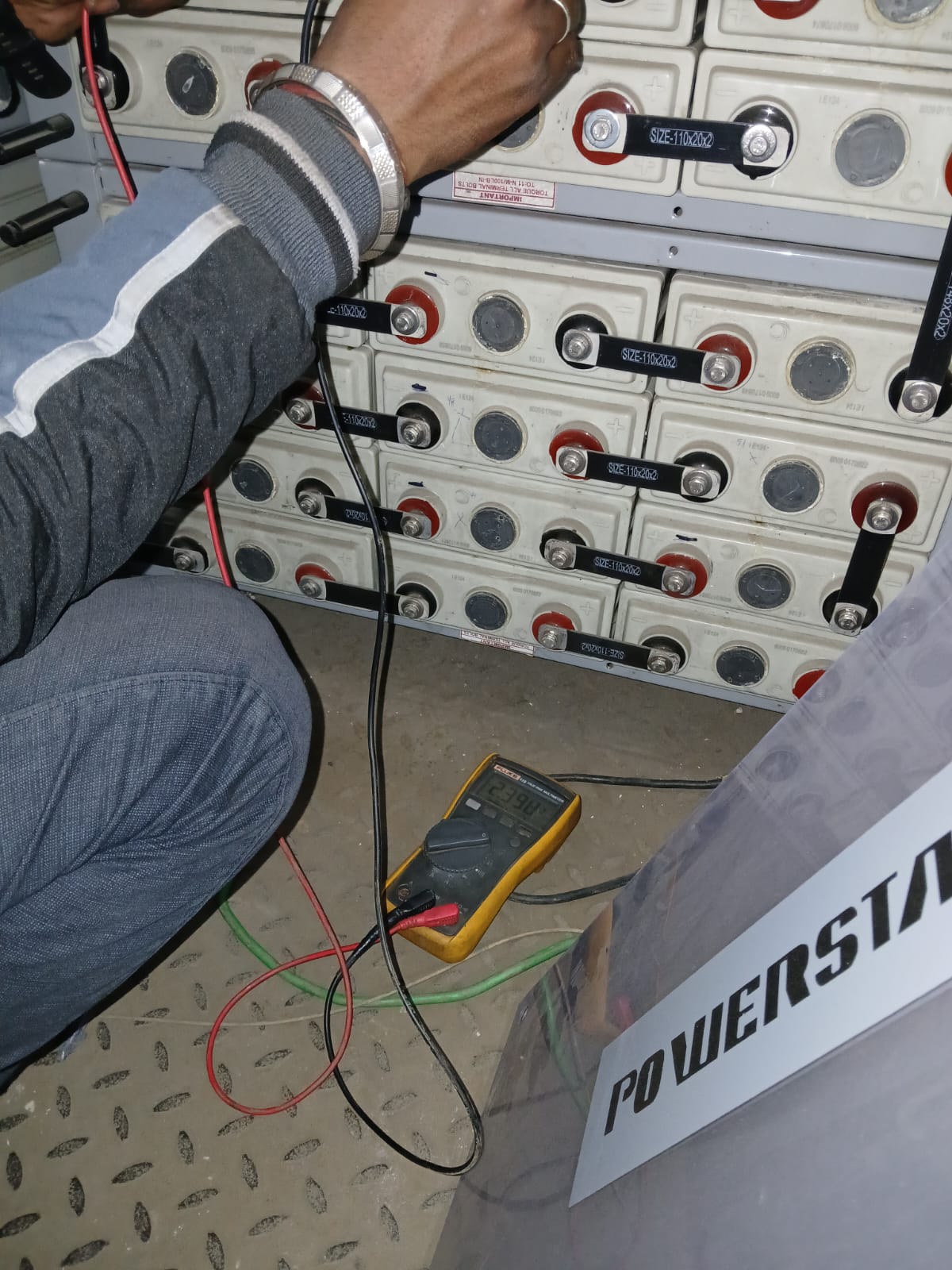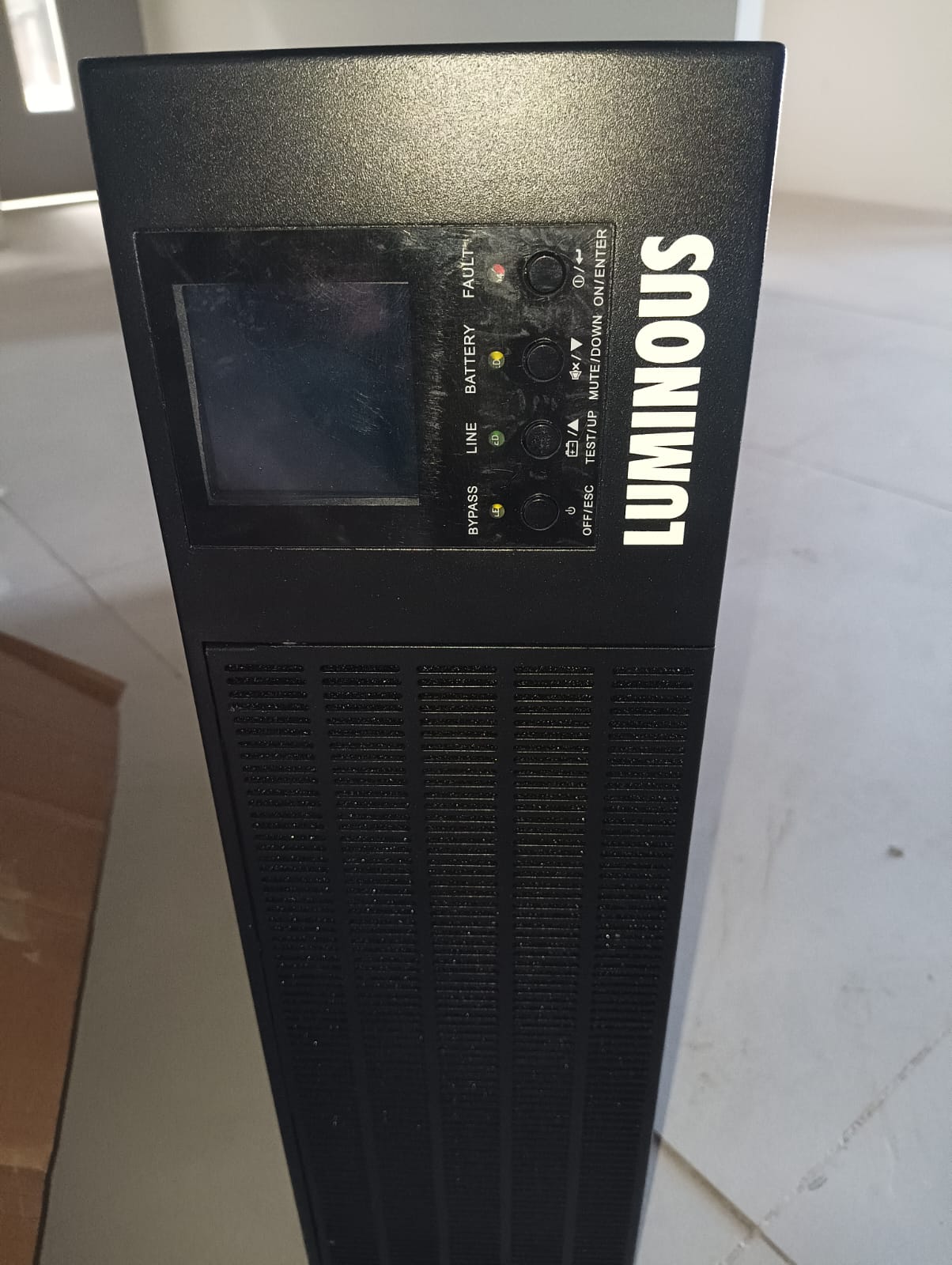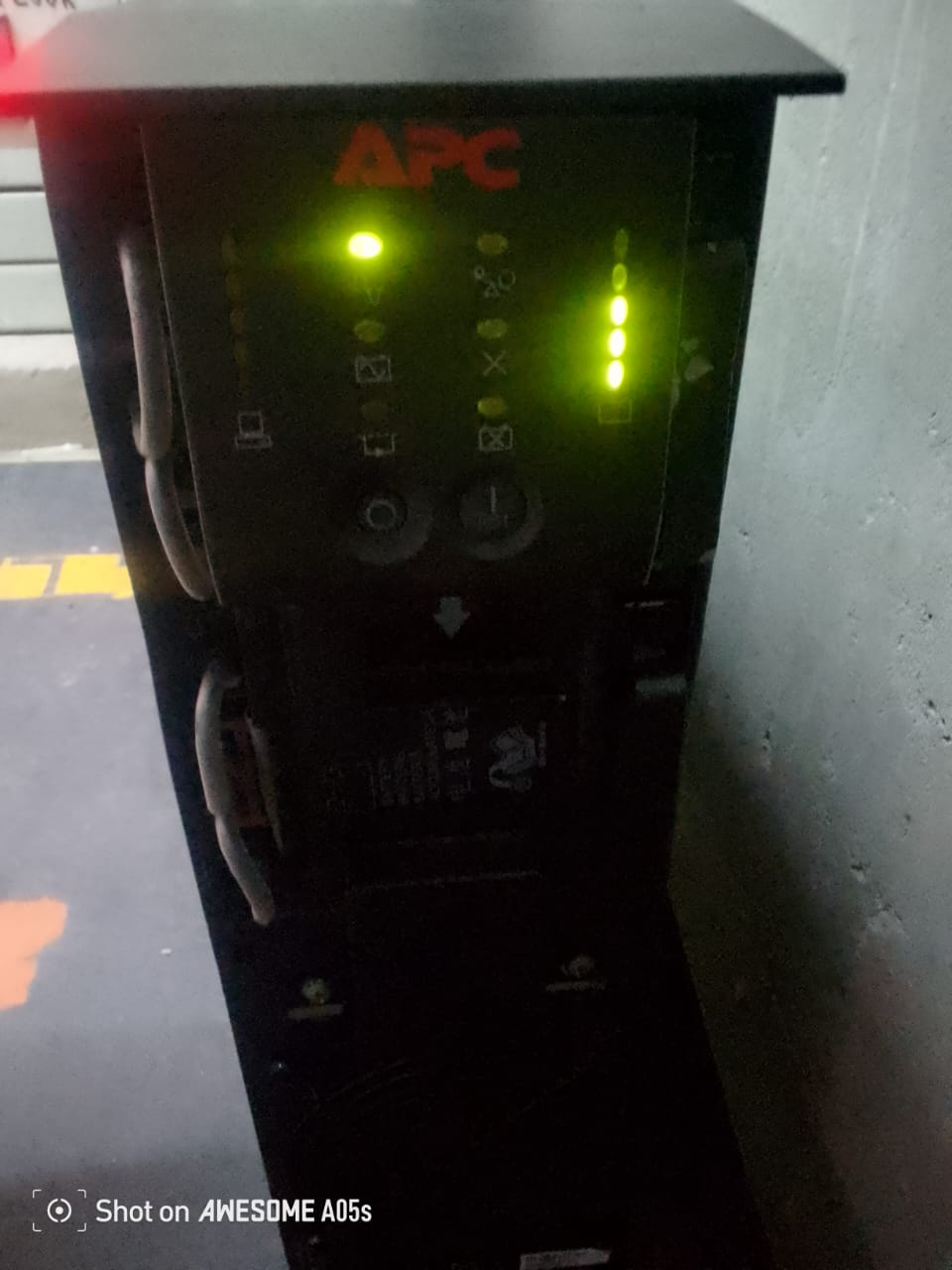The Amaron Quanta 12V 9Ah battery is a type of lead-acid battery commonly used in various applications such as uninterruptible power supplies (UPS), electric vehicles, and other equipment requiring reliable power storage. Here are some key details about the Amaron Quanta 12V 9Ah battery: Specifications: Voltage: 12 volts Capacity: 9 ampere-hours (Ah) Type: Lead-acid battery (typically VRLA - Valve Regulated Lead Acid) Dimensions: Varies by manufacturer, but generally around 151mm x 65mm x 94mm (L x W x H) Weight: Approximately 3.5 to 4 kg, depending on the specific model and manufacturer. Terminal Type: Usually comes with F1 or F2 terminals. Operating Temperature Range: Typically between -15°C to +50°C. Cycle Life: Generally rated for about 300-500 cycles depending on depth of discharge and usage conditions. Features: Maintenance-Free: Designed to be maintenance-free, meaning no need for regular water topping. Leak-Proof Design: The VRLA design prevents leakage, making it safer for various applications. High Discharge Rate: Capable of delivering high currents for short periods, which is beneficial for applications requiring burst power. Deep Cycle Capability: Suitable for deep cycle applications, allowing for a deeper discharge without damaging the battery. Durability: Built to withstand harsh conditions and high temperatures, making it suitable for outdoor use. Applications: Uninterruptible Power Supplies (UPS): Provides backup power during outages. Electric Vehicles (EVs): Used in scooters, bikes, and other electric vehicles. Solar Energy Storage: Can be used in solar energy systems for storing power. Emergency Lighting: Powers emergency lighting systems. Telecommunications: Used in communication equipment for backup power. Maintenance Tips: Regular Inspection: Check for any signs of corrosion on terminals and ensure connections are tight. Proper Charging: Use a compatible charger and avoid overcharging to prolong battery life. Storage: Store in a cool, dry place and maintain a charge if not in use for extended periods. Safety Precautions: Avoid Short Circuits: Ensure terminals do not come into contact with conductive materials. Handle with Care: Batteries can be heavy; handle them carefully to avoid injury. Dispose Properly: Follow local regulations for battery disposal or recycling. For the most accurate and specific details, always refer to the manufacturer\'s datasheet or user manual, as specifications may vary slightly between different production batches or models.
Send Message







